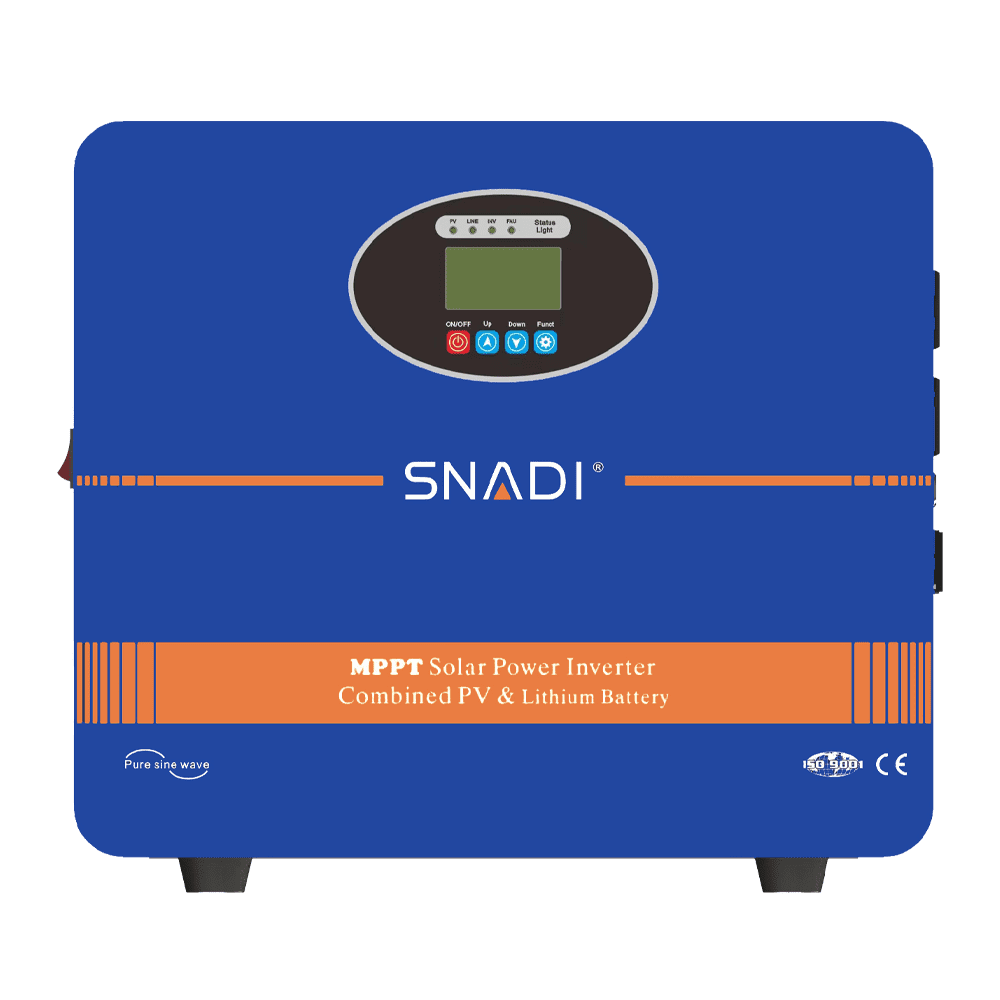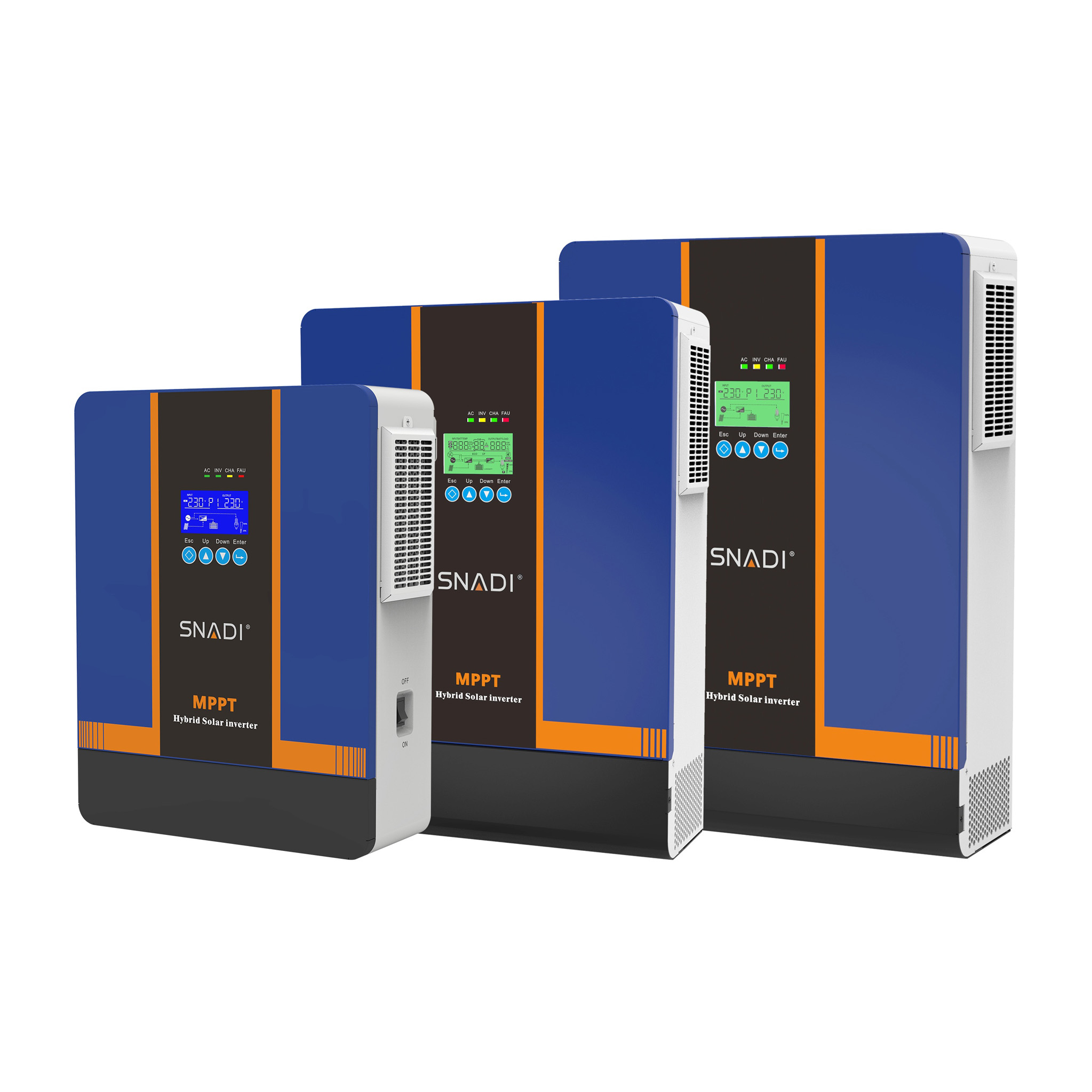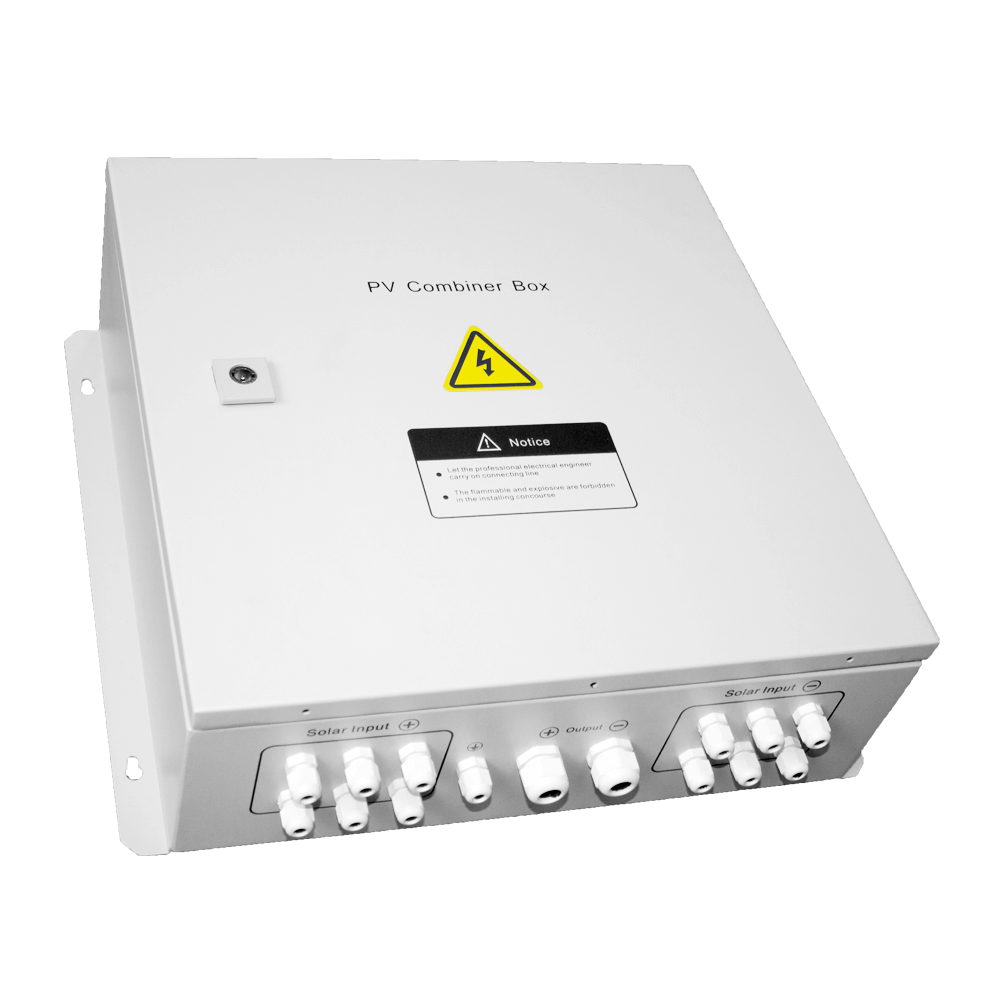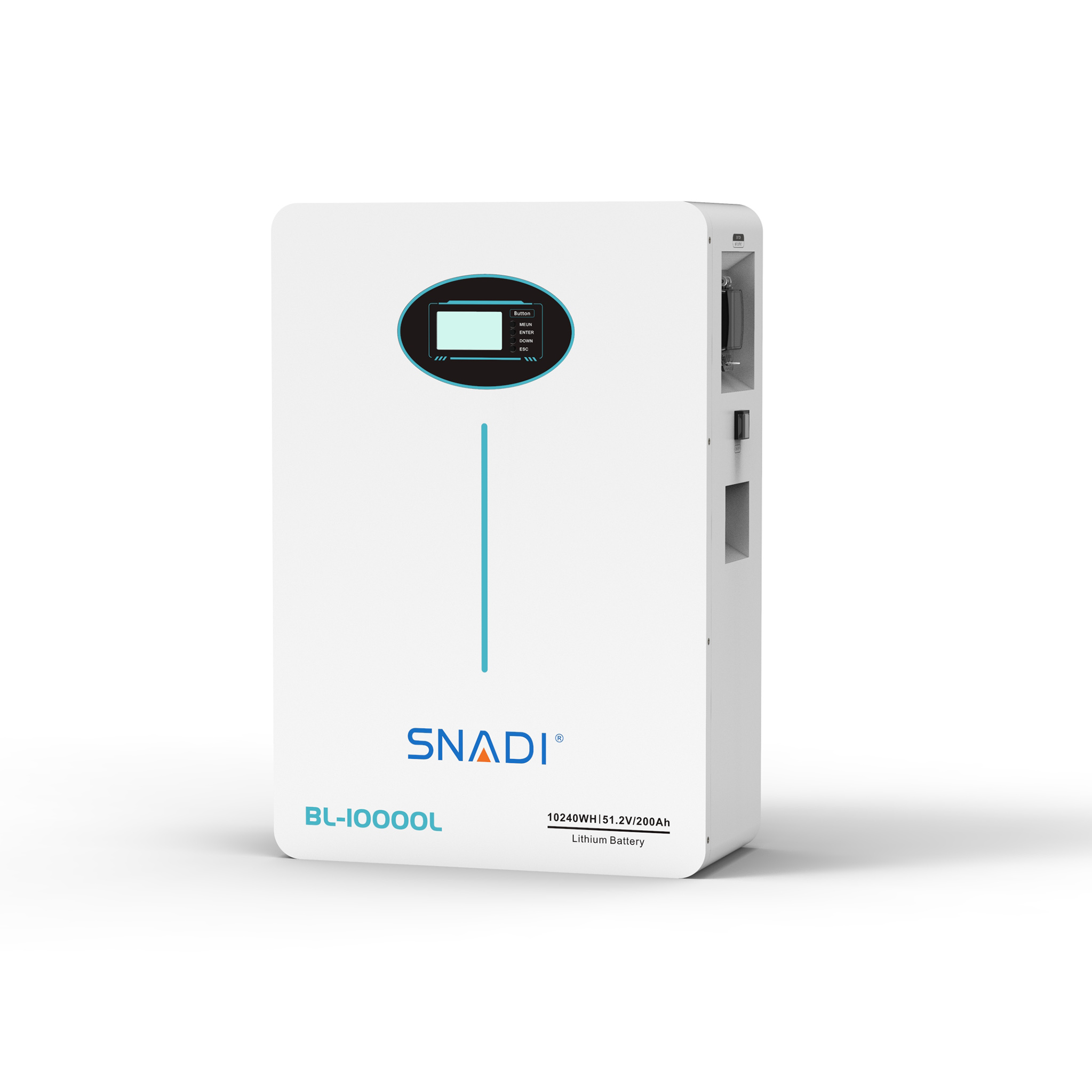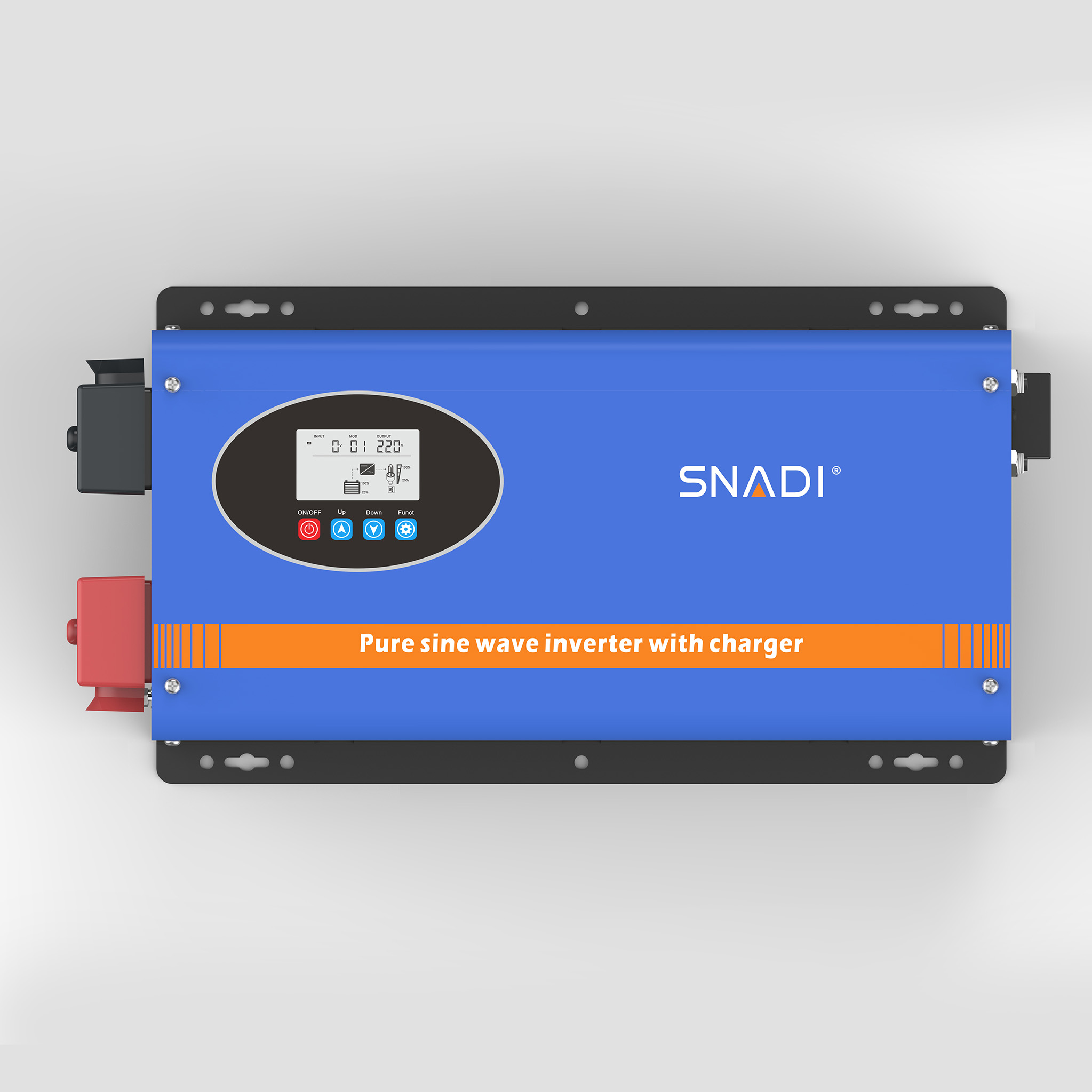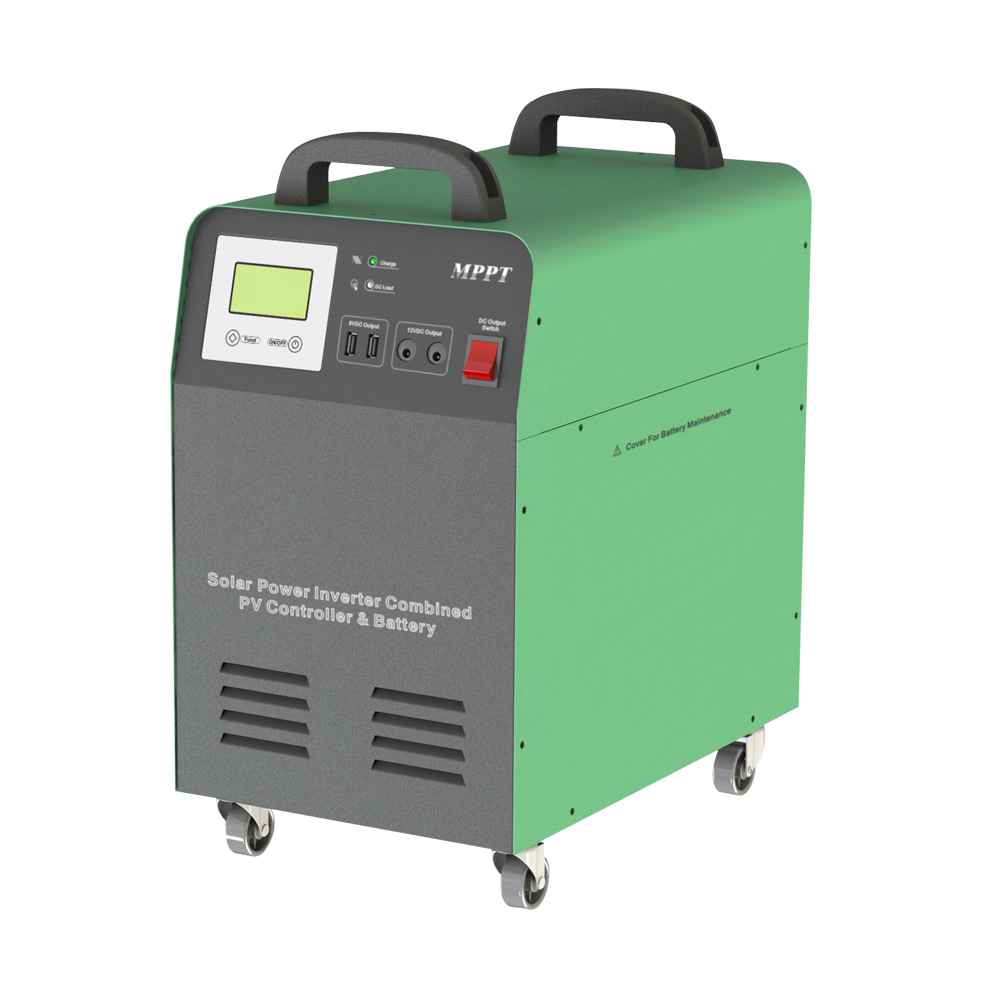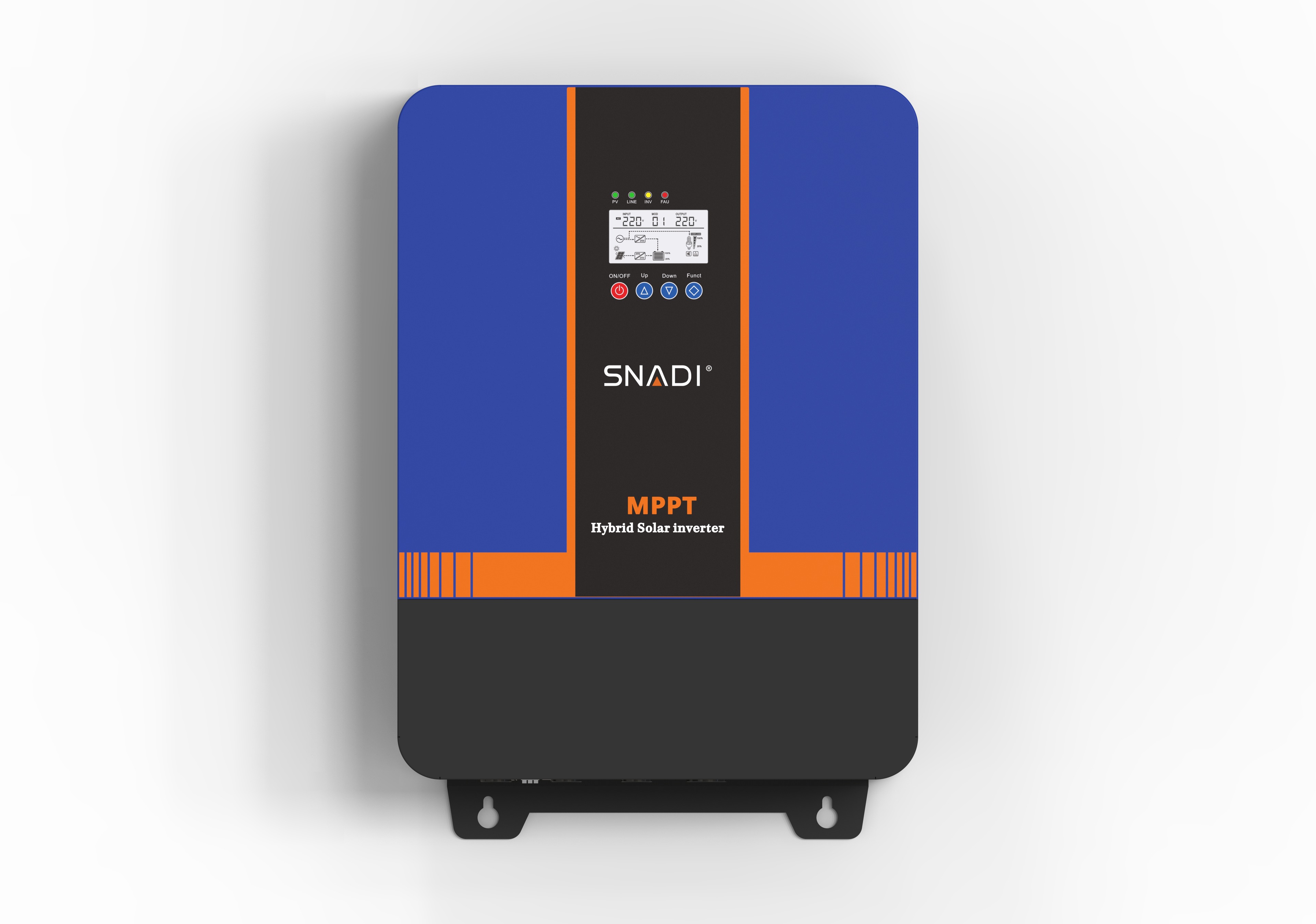Introduction:
Portable solar generators have emerged as versatile and eco-friendly power solutions for various applications, providing electricity on the go. Understanding how these devices work can help us harness their full potential. In this article, we will delve into the inner workings of portable solar generators and explore the key components and processes that enable them to generate electricity in a portable and sustainable manner.
Solar Panels:
The primary component of a portable solar generator is the solar panel, which consists of multiple solar cells made of semiconductor materials, typically silicon. These cells absorb sunlight and convert it into direct current (DC) electricity through the photovoltaic effect. The larger the solar panel's surface area, the more sunlight it can capture, resulting in greater energy production.
Charge Controller:
To optimize the charging process and protect the battery, portable solar generators incorporate a charge controller. The charge controller regulates the flow of electricity from the solar panels to the battery, preventing overcharging and ensuring efficient charging. It also provides important features like temperature compensation and battery status monitoring.
Battery Storage:
Portable solar generators include a built-in battery to store the electricity generated by the solar panels. This battery acts as a reservoir of energy, allowing users to access power even when sunlight is not available or during nighttime hours. The capacity and type of battery vary depending on the generator model, with popular options including lithium-ion, lead-acid, and nickel-cadmium batteries.
Inverter:
The DC electricity stored in the battery needs to be converted into alternating current (AC) electricity, which is the standard form of electricity used by most household appliances and devices. The inverter is responsible for this conversion. It transforms the DC electricity into AC electricity, making it compatible with various electronic devices and providing a seamless power supply.
Power Outlets and USB Ports:
Portable solar generators are equipped with power outlets and USB ports to facilitate the connection of electrical devices. Power outlets provide AC electricity for larger appliances, while USB ports offer direct DC power for charging small electronic devices such as smartphones, tablets, and laptops. These outlets and ports allow users to power a wide range of devices wherever they are.
Monitoring and Control:
Many portable solar generators feature built-in monitoring and control systems to provide users with essential information about energy production and battery status. These systems may include LED displays, battery level indicators, and even smartphone apps, allowing users to monitor the generator's performance, track power consumption, and manage their energy usage effectively.
Recharging Options:
In addition to solar charging, portable solar generators often offer alternative recharging options to ensure flexibility and adaptability. These options may include AC wall charging, which allows users to recharge the generator using a standard electrical outlet, or DC car charging, which utilizes the vehicle's cigarette lighter socket to replenish the battery's energy.
SNADI's Portable solar generators series,The product applies to diversified loads because its digital design, pure sine wave output and excellent overcurrent protection can withstand the loads with a large starting current; The product is provided with independent solar three-stage charge management to improve charge effciency of its battey and realize a longer life; The product provides universal 5VDC USB output port and 12VDC output to be widely applied to small solar power generation occasions including household, schools, street monitoring, forest monitoring, industrial, etc.
MAIN FEATURES:
- Excellent performance because of an MCU intelllgent control technology;
- A wide range of applicable loads because of pure sine wave AC output;
- Convenient and practical 5VDC USB output port and 12VDC output port;
- Solar array and battery connrnon-anodesystern input;
- Charge by mains supply for flexible conflguration (optional function);
- Overcharge protection and overdischarge protection for a longer battery life;
- LCD and LEDS for visualization of operation status of the equipment
- Overall automatic protection and alarms Including AC output over load protection, short circuit protection ,etc.
Conclusion:
Portable solar generators provide a convenient and sustainable power source, allowing users to access electricity in remote locations, during outdoor activities, or during emergencies. By harnessing the energy of the sun through solar panels, storing it in batteries, and converting it into usable AC electricity, these generators offer a versatile and eco-friendly solution for powering various devices and appliances on the go. Understanding the inner workings of portable solar generators empowers individuals to make informed choices, embrace renewable energy, and enjoy the benefits of portable and sustainable power generation.
About SNAT Energy(SNADI Solar)
With over 10 years of industry experience, SNAT Energy(SNADI Solar) has tried to delivering an exceptional eco-friendly experience for everyone and the world and is trusted by millions of customers across the globe.
please feel free to contact us at:exportdept@snadi.com.cn

